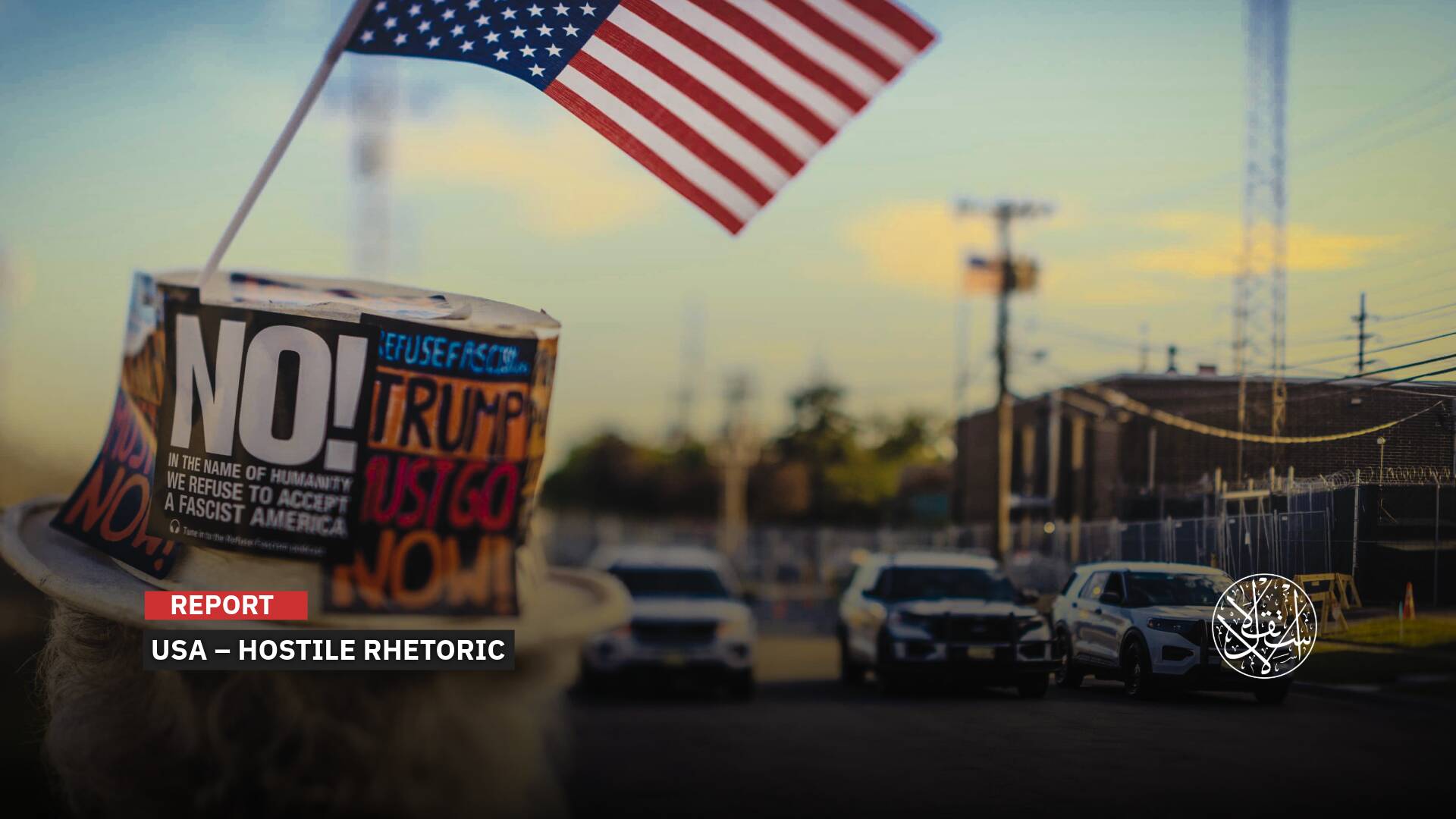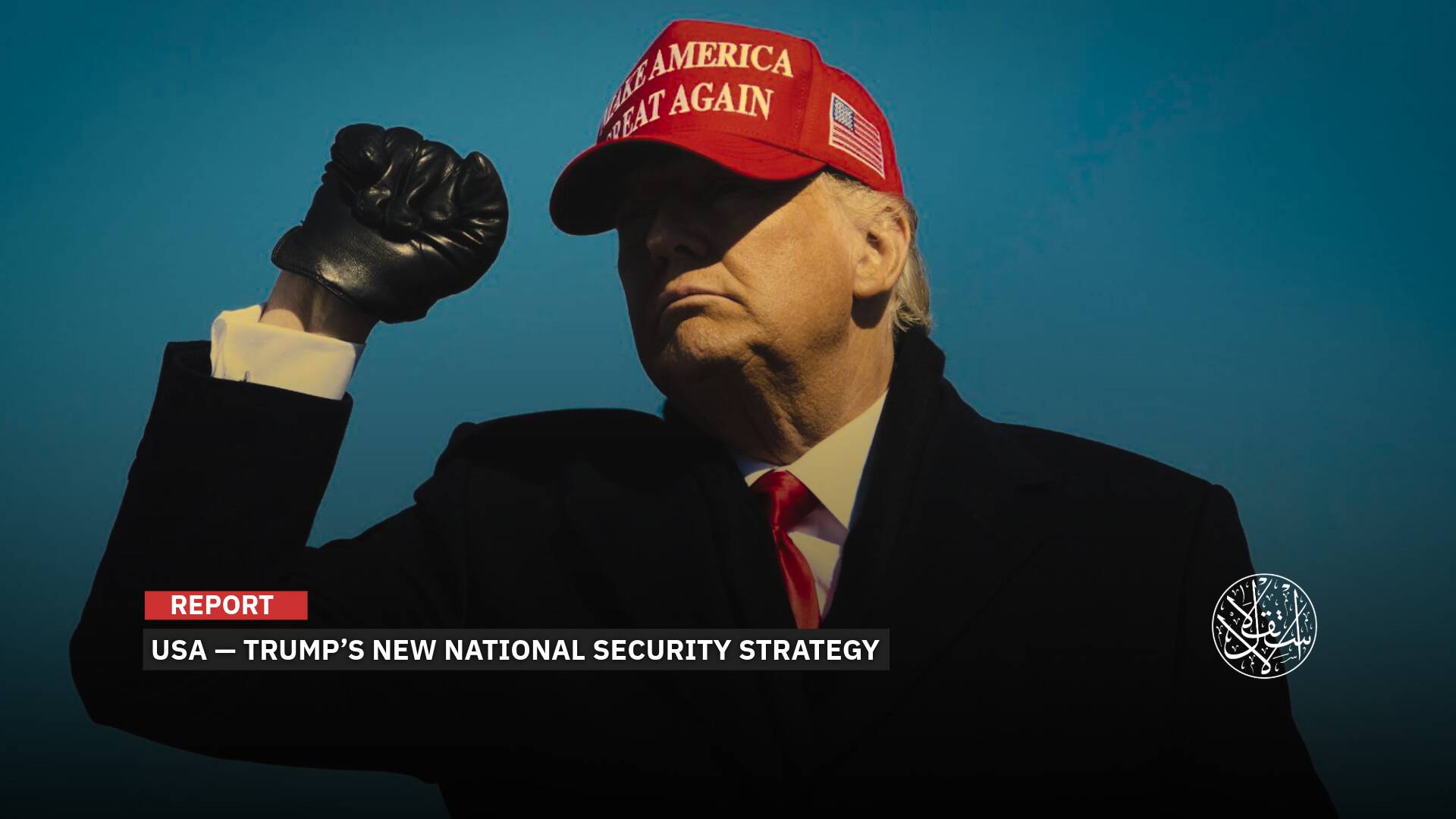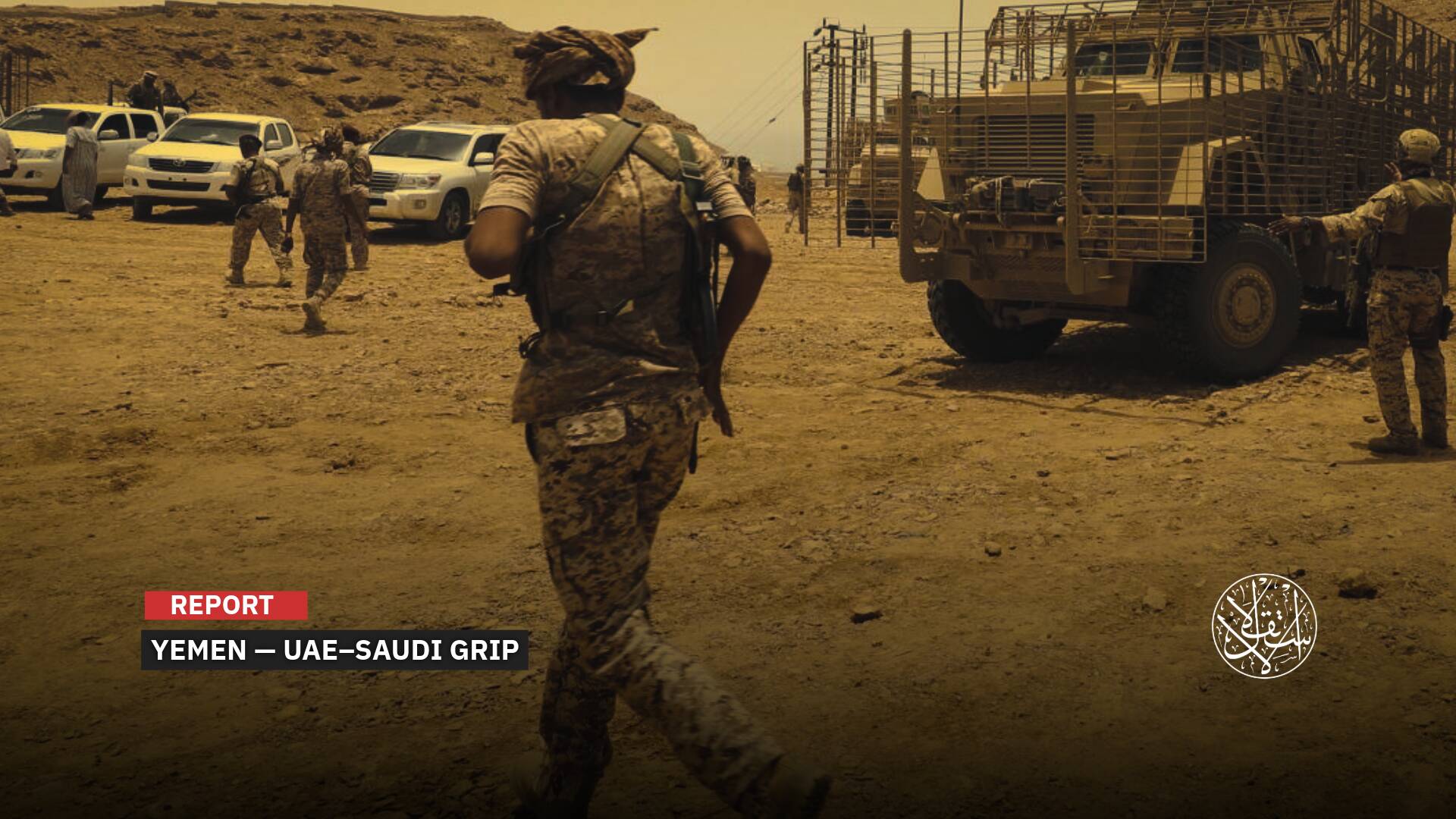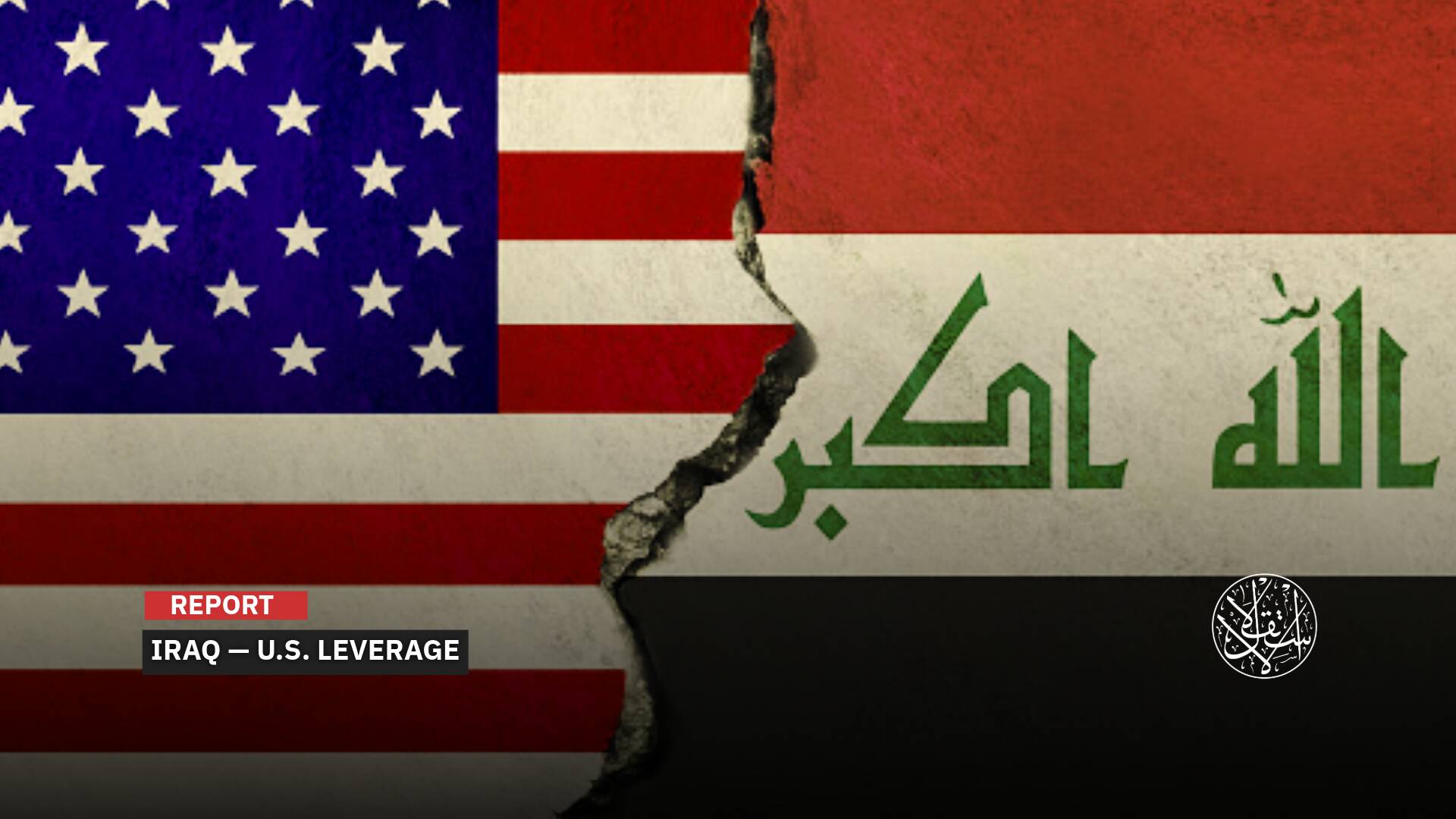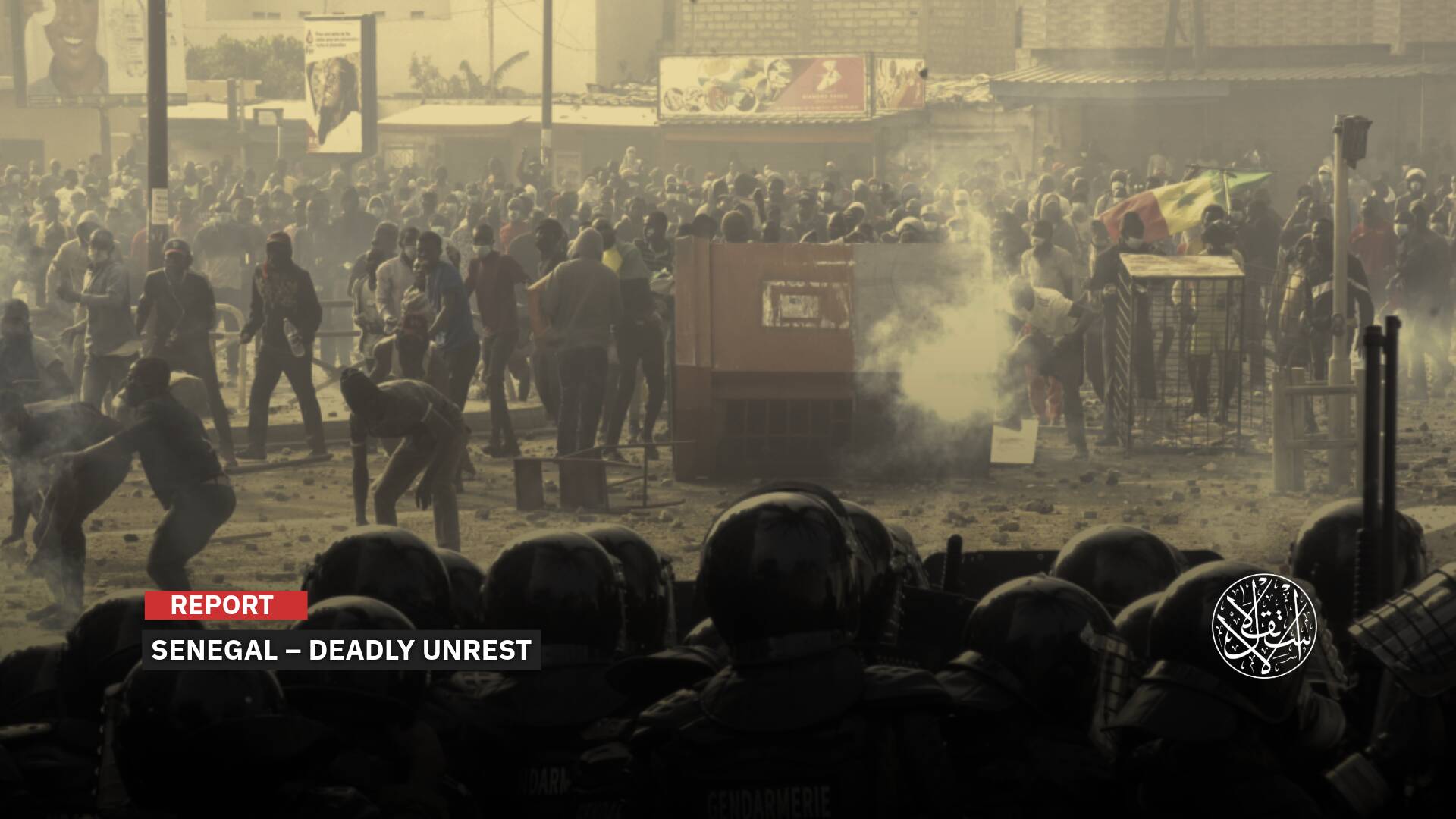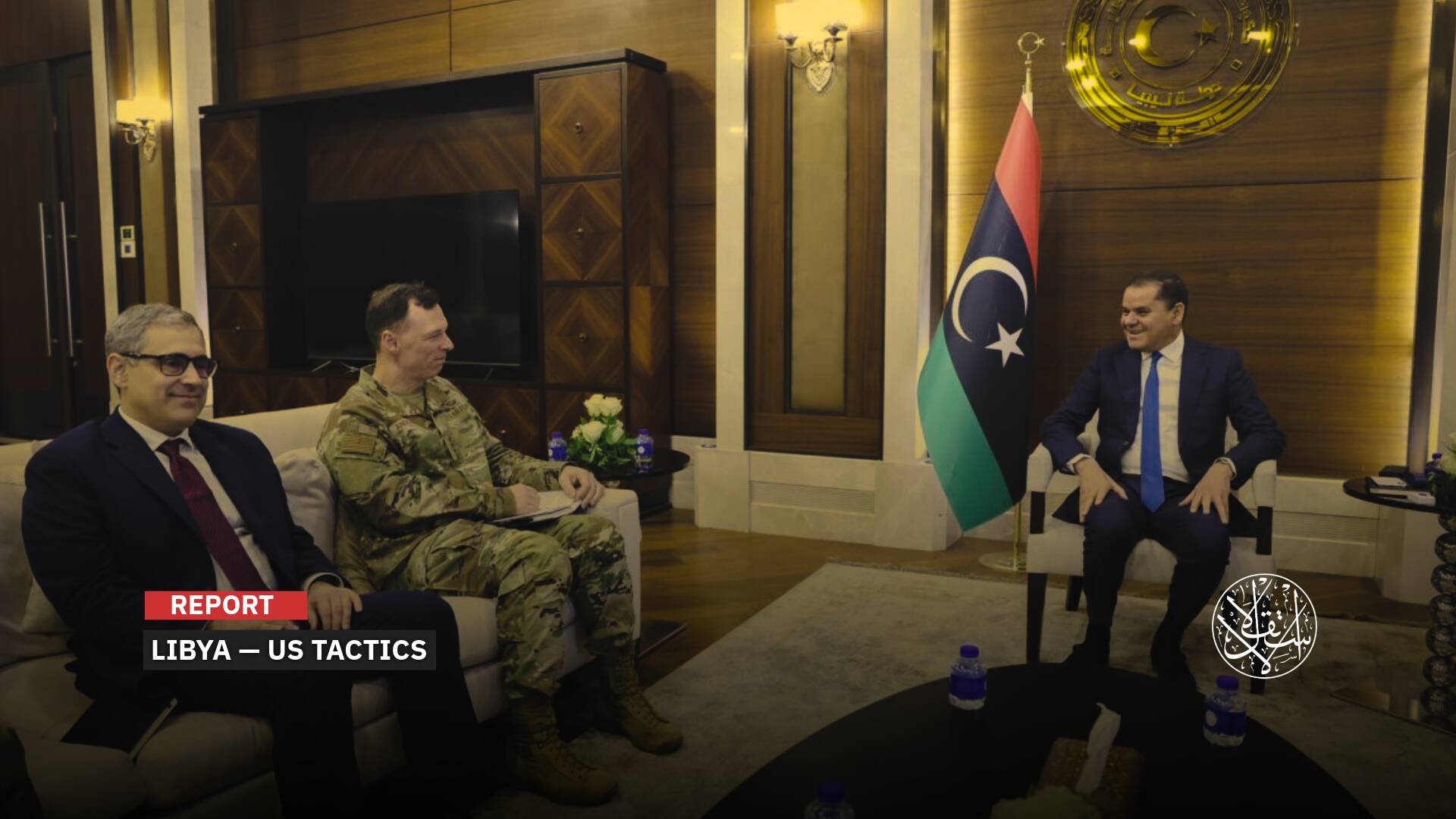In the Hands of Abu Dhabi’s Militias: What Does the Fall of al-Fashir Mean for Sudan’s Last Army Stronghold in Darfur?
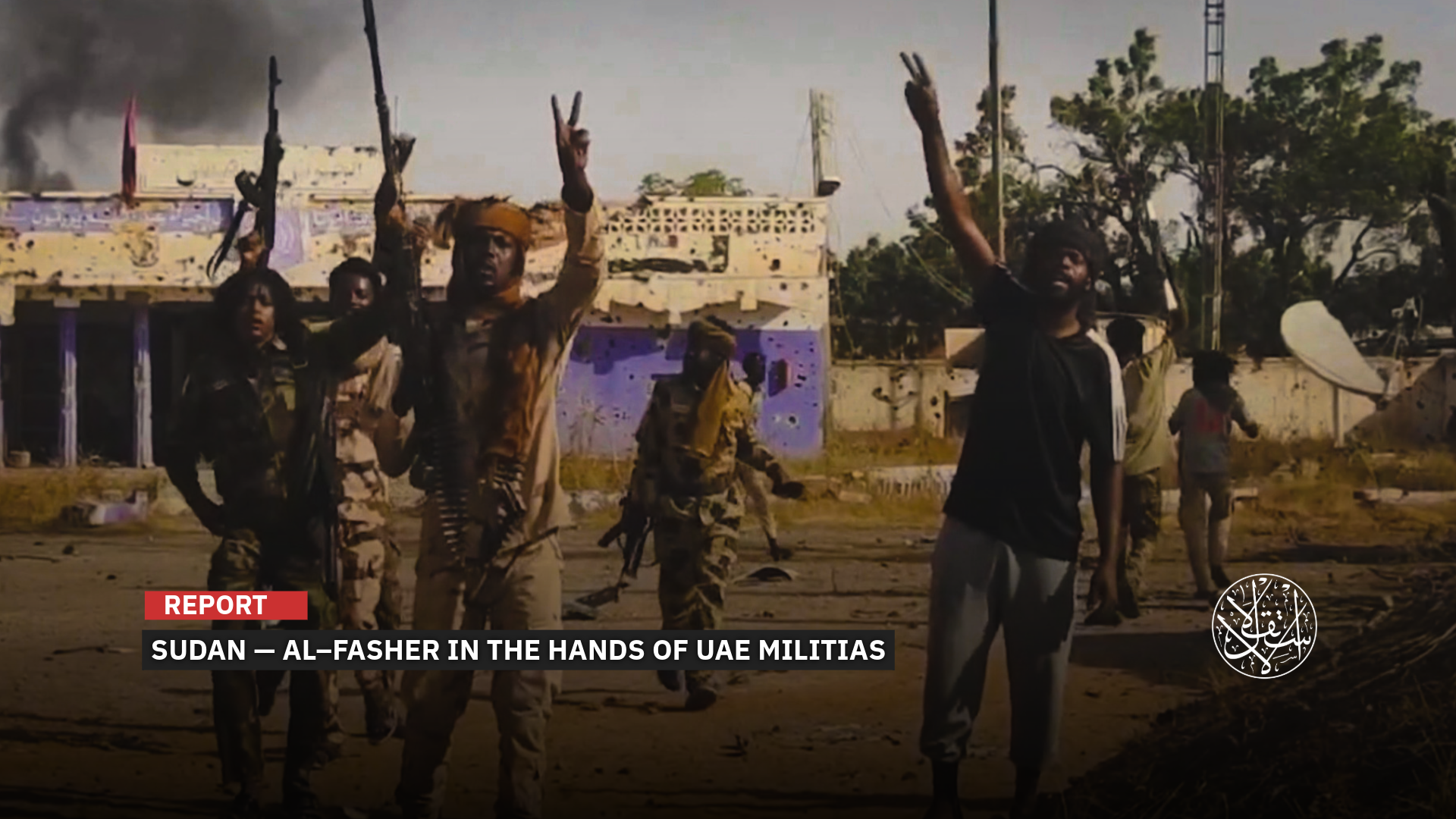
The fall of al-Fashir marks the loss of the Sudanese army’s last stronghold in the Darfur region.
The fall of al-Fashir, the last stronghold of Sudan’s army in the Darfur region, after nearly two years under siege by the UAE-backed Rapid Support Forces (RSF), marks a major turning point in Sudan’s war that began in April 2023—one that could reshape the country’s political and geographic future and reverberate across the region.
Once the proud capital of the Darfur Sultanate, a thriving African kingdom long before Khartoum’s rise, al-Fashir now lies in ruins. Its streets are littered with burned-out vehicles and bodies, as smoke rises over devastated neighborhoods following the RSF’s violent takeover.
The city’s fall effectively divides Sudan into two realities: the north remains under the control of the army and popular resistance movements, many with Islamist leanings, while the RSF now dominates the south and west. This raises profound questions: Is Sudan heading toward a second partition after South Sudan’s secession in 2011? Will the RSF, emboldened by its “victory,” push for full control of the country? Or could this moment force the warring sides toward a negotiated settlement?
Behind al-Fashir’s Fall
Despite lingering pockets of popular resistance in al-Fashir, the city has fallen to Hemedti’s militia and foreign mercenaries from Colombia and across Africa—a development that cements the Rapid Support Forces’ full control over all five Darfur states.
Sovereign Council chief Abdel Fattah al-Burhan’s claim that the army withdrew to protect civilians rings hollow, as massacres followed and local resistance groups accused the military of betraying the people it vowed to defend.
The fall of al-Fashir marks a decisive turning point in the Sudanese war raging since April 2023, carrying grave implications for Sudan’s unity, regional stability, and Egypt’s national security. The world now watches to see whether the RSF’s power surge continues or if this moment of crisis might finally force open the path to a political settlement.
The implications and consequences of the fall of al-Fashir can be summarized as follows:
The occupation of al-Fashir means that the Rapid Support Forces (RSF) now control all five states of the Darfur region, effectively dividing Sudan into two parts: an eastern region controlled by the army, and a western region controlled by the RSF and foreign mercenaries.
Control of al-Fashir represents a geopolitical turning point, granting the RSF full strategic control over western Sudan—its borders and resources—strengthening their parallel administration in Nyala, the capital of South Darfur.
The Sudanese army is now confined to northern, eastern, and central Sudan, excluded from roughly one-third of the country’s territory. Experts warn that this development raises the possibility of Sudan’s partition.
With Hemedti forming a presidential council, parliament, government, and interim constitution, military control over western and southern Sudan could enable him to secede and establish an independent state, if he chooses.
The collapse and unexplained withdrawal of the Sudanese army, along with the delayed air intervention until after the retreat, means that the vast Darfur region—which makes up a quarter of Sudan’s area and forms its geographical and economic backbone—is now under rebel control.
Al-Fashir is effectively Sudan’s western gateway and serves as a strategic hub linking the country to a highly sensitive border belt with four African countries: Libya, Chad, the Central African Republic, and South Sudan.
The opening of Sudan’s western borders gives the RSF access to arms supplies from neighboring states and could transform Darfur into a regional base of power for this UAE-backed rebellion, motivated by Sudan’s gold, seaports, and strategic location.
The complete fall of Darfur and the potential for its secession from Sudan—forming a second independent state after South Sudan—pose a serious threat to Egypt’s national security and to the security of the entire Arab world.
The Associated Press warned on October 29, 2025, that Sudan may be on the brink of a second breakup, barely 15 years after oil-rich South Sudan gained independence, a scenario that could redraw the map of Africa once again.
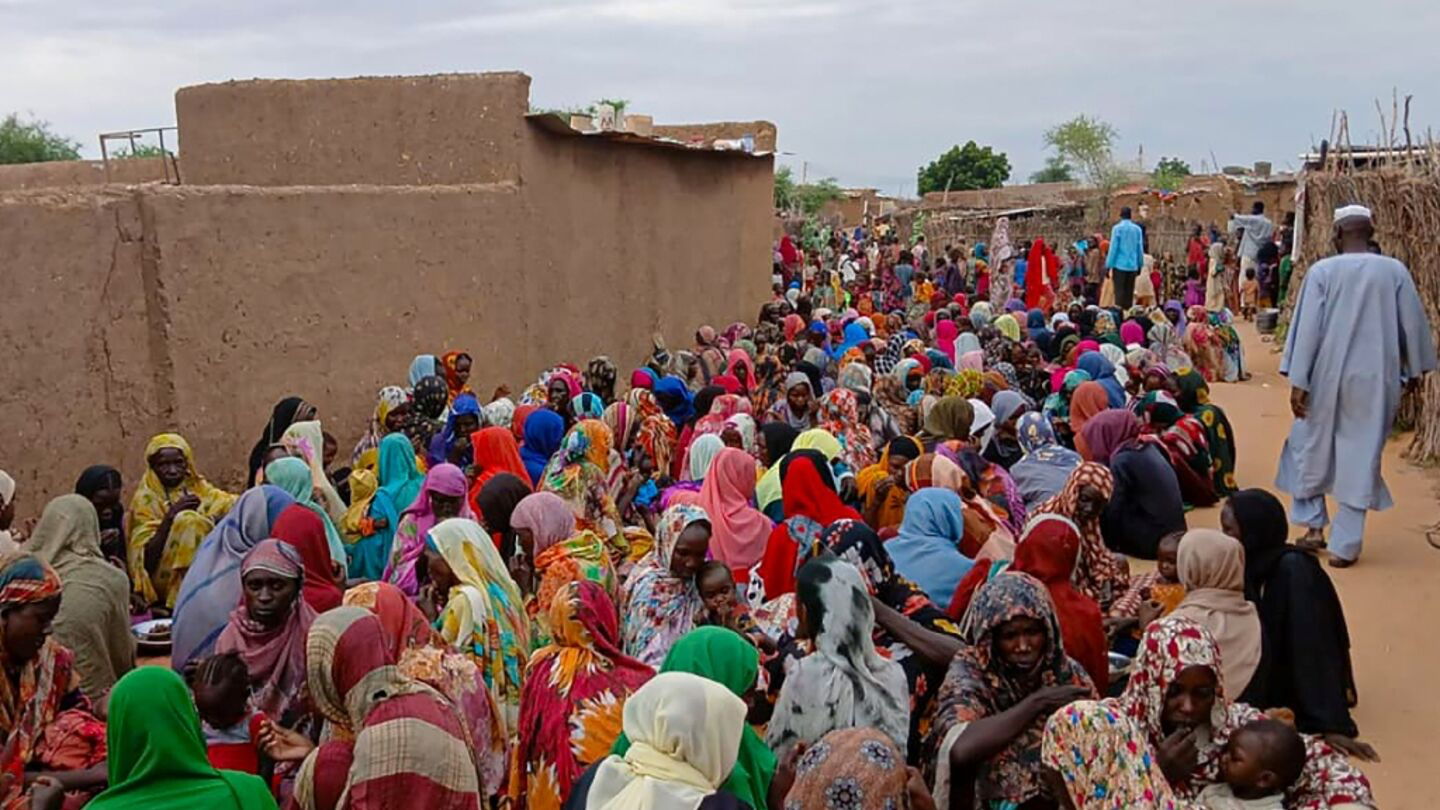
Emirati Expansion
The fall of al-Fashir has also underscored the growing role of the United Arab Emirates, whose support for Hemedti’s militia and recruitment of foreign mercenaries from Colombia and across Africa have been central to the RSF’s advance.
On October 28, 2025, The Wall Street Journal reported that a large part of Hemedti’s recent gains was made possible by an escalation in Emirati military assistance.
After suffering major losses earlier in 2025, when the RSF lost control of Khartoum in March, Abu Dhabi renewed its supply of weapons and funding, allowing the group to regroup and launch a new offensive. The RSF then intensified its campaign in North Darfur, surrounding al-Fashir and cutting off food, medicine, and weapons from local resistance fighters.
According to reports from the U.S. Defense Intelligence Agency and the State Department’s intelligence bureau, the UAE significantly increased the flow of military equipment to the RSF, including Chinese-made drones, advanced artillery, and other heavy weapons.
Sudanese sources said that in October 2025 alone, the UAE sent at least 57 cargo planes carrying arms to the RSF, coinciding with reports of mass killings and accusations of ethnic cleansing in Darfur.
Who Deceived Them
Since May 10, 2024, the Rapid Support Forces have besieged the city of al-Fashir. The army’s Sixth Division, tasked with defending the city, made several attempts—with limited air support—to break the blockade, which many Sudanese compare to the Israeli Occupation’ siege of Gaza.
Despite earlier victories by the Sudanese army and local resistance forces that led to the liberation of Khartoum, Omdurman, and several cities in Kordofan near al-Fashir, hopes of lifting the siege and pushing toward Hemedti’s remaining strongholds in Darfur were abruptly dashed.
The setback began when General Abdel Fattah al-Burhan turned his forces against the Islamic resistance factions that had fought alongside the army and were instrumental in recent battlefield gains. New laws were passed to restrict their operations, prompting the largest of these groups—the al-Baraa bin Malik Brigade—to lay down its arms in protest.
Observers argue that the real betrayal of al-Fashir came from within the army’s leadership, which accepted U.S. conditions, including distancing itself from Iran. Tehran had supplied drones during the army’s toughest phases of the war, before Turkiye later stepped in with its own support.
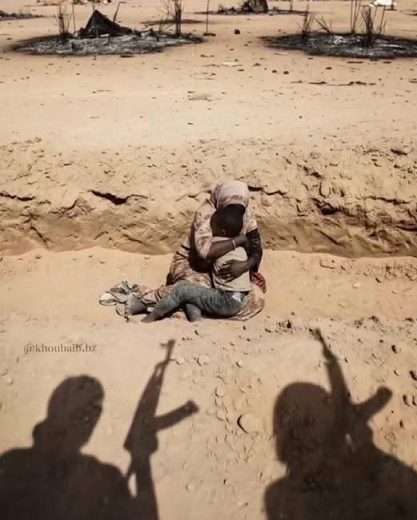
Darfur’s regional governor, Minni Arcua Minnawi, also faced sharp criticism for abandoning the city and its residents to face mass killings without decisive action or protection.
Sudanese analysts say Burhan further weakened Darfur’s defense by purging several Islamist-leaning officers under American and Egyptian pressure. His August 17, 2025, decrees removed key generals who had backed him during the war and replaced them with others seen as more compliant.
Journalist Azmi Abdelrazek called for a nationwide state of emergency and for the reinstatement of dismissed officers and soldiers who proved their skill during the “Battle of Dignity.” He urged immediate mobilization of the al-Baraa Brigade and demanded a clear stance toward the “International Quartet,” which has remained silent about the siege and civilian massacres while attempting to rehabilitate Hemeti’s image as a political actor.
Following the army’s withdrawal, the Popular Resistance—a coalition of factions with an Islamist character—announced that it would continue defending al-Fashir, even though its control had shrunk to a few isolated pockets still fighting on the ground. Accusations of betrayal were soon directed at General Abdel Fattah al-Burhan.
On Facebook, the Coordination of Resistance Committees in al-Fashir published a series of posts condemning army leaders, foremost among them Abdel Fattah al-Burhan, for their “cowardice and hesitation” and for refusing to support the city with airstrikes. According to the committees, the army’s abandonment of the resistance directly led to the fall of al-Fashir.
“We cannot win this war as long as this leadership, Burhan, remains at the head of the armed forces,” they said. The officers and soldiers fought bravely, but the army’s defensive lines and artillery that were supposed to protect them pulled back, allowing Hemedti’s militia to advance.
They added that while the fighters were planning to repel the militias and reclaim the forward defenses, the leadership was plotting a safe exit, taking the artillery with them as it retreated.
Due to this resistance, videos emerged showing quasi-military massacres carried out by the Rapid Support Forces against fighters in Darfur, Sudan.
Satellite images captured by Planet Labs and analyzed by The Washington Post on October 29, 2025, revealed piles of corpses, burned vehicles, and blood, documenting the revenge attacks by Hemedti’s forces and foreign mercenaries on the city’s residents.
Yale University’s laboratory also confirmed that the city is experiencing a systematic and deliberate campaign of ethnic cleansing, forced displacement, and executions.
Nathaniel Raymond, director of the laboratory, noted that satellite evidence showed bodies on the ground with a change in coloration to red, according to The Guardian on October 29, 2025.
Egypt and the Fall of al-Fashir
Cairo, as the country most affected by the rise of the Rapid Support Forces in Sudan and the army’s loss of al-Fashir, acted quickly to call on the International Quartet and the United States to intervene, halt the conflict, and restrain Hemedti.
The Egyptian foreign minister emphasized in a phone call with the U.S. president’s adviser on African affairs the importance of maintaining Sudan’s unity and territorial integrity, fearing the potential secession of Darfur.
Before al-Fashir fell, Hemedti appeared in a video warning against any intervention, threatening to target strategic areas, which some interpreted as a direct warning to Egypt, particularly amid reports of Cairo’s support for the Sudanese Army.
International research centers report that the fall of al-Fashir does not only impact Sudan but also affects Egyptian national security across strategic, geopolitical, and economic dimensions, raising concerns that Darfur could follow the path of South Sudan’s independence.
Hemedti had already established a separate government and presidential council in Darfur and sworn in as head of this parallel “founding” authority in August 2025, a move that Khartoum described as pushing the country closer to actual division.
Analysis by the Future Studies Forum on October 29, 2025, notes that the Rapid Support Forces’ control over al-Fashir significantly threatens Egypt’s national security because it places an armed entity close to its southern borders.
Although Darfur is not directly in the Nile basin, its potential secession could impact Nile water management and Egypt’s control over its sources, weakening Cairo’s ability to negotiate with a unified Sudanese state, especially amid Ethiopian intransigence. Any fragmentation in Sudan undermines coordination on issues like the Renaissance Dam, and just as South Sudan aligned with Ethiopia on water issues, an independent Darfur could follow a similar path.
Hemedti’s control could also allow the UAE to expand its influence along the borders with Chad and the Central African Republic, further reducing Egypt’s regional leverage and heightening tensions with Abu Dhabi.
The fall of al-Fashir and Darfur represents a blow to Egypt’s “strategic depth” project, as Sudan’s stability had been an extension of Egyptian national security, leaving Cairo to contend with fragmented states or rival militias.
Former Egyptian parliamentarian Mohamed Emad Saber highlighted the economic impact, noting that Darfur provides 25 percent of Sudanese livestock. Control by the Rapid Support Forces could restrict exports to Egypt, potentially reducing Sudanese supplies by 25 to 50 percent compared to pre-war levels while driving up costs and domestic prices.
Sources
- Sudan war takes a turn as paramilitary force captures Darfur, threatening to split the country
- Paramilitary massacres unfolding in Sudan’s Darfur, videos show
- How U.A.E. Arms Bolstered a Sudanese Militia Accused of Genocide
- 'Trapped and terrified': warnings as Sudanese militia seize Darfur city
- The Fall of Al-Fashir to the Rapid Support Forces Militias and Its Impact on Egyptian National Security


